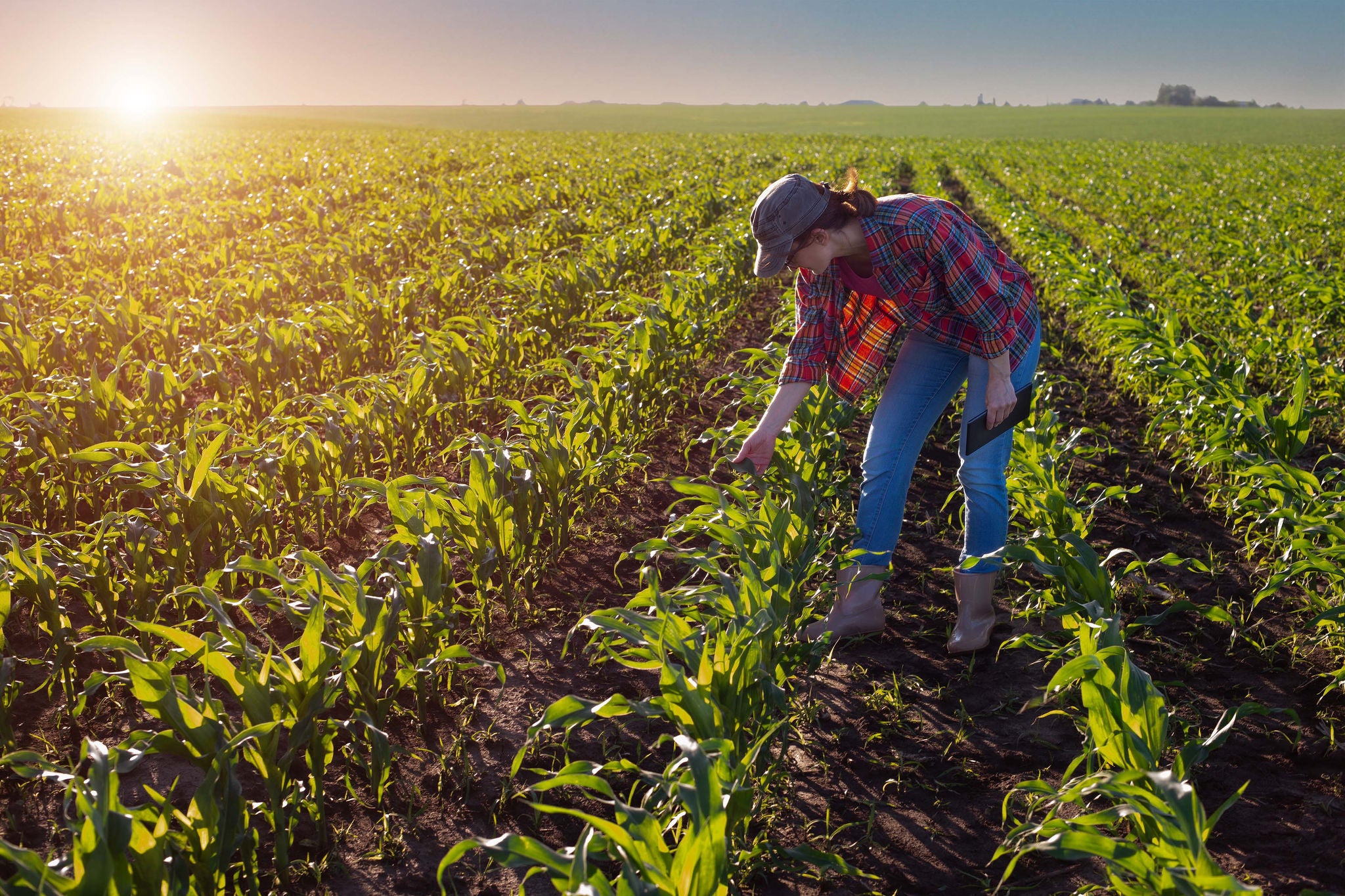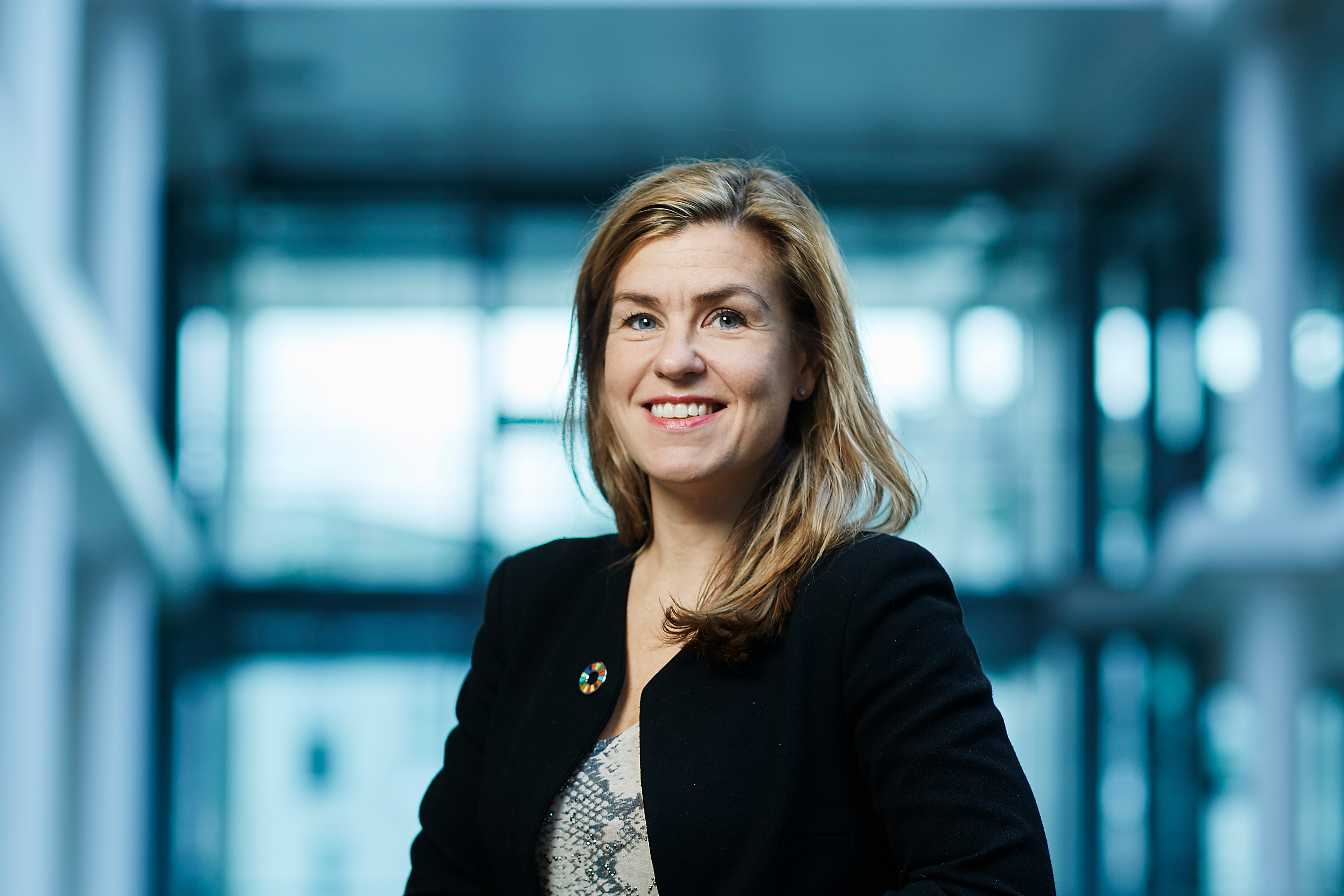EY refers to the global organization, and may refer to one or more, of the member firms of Ernst & Young Global Limited, each of which is a separate legal entity. Ernst & Young Global Limited, a UK company limited by guarantee, does not provide services to clients.
How EY can help
-
Sustainability and ESG services that help protect and create value for business, people, society and the world. Explore the depth and breadth of EY services and solutions.
Read more
Concrete action: Preparing for the scenarios
Yara will build on the above risk analysis and future scenarios to conduct analyses across all business units. The company will continue to develop its own insights, which will provide better strategy processes, assessments and decisions.
“I think this exercise forces us, and I say this in a positive way, to be even more active in following through on our strategy. This is needed because the world is changing. With this, we are moving from general assumptions to more solid knowledge that enables us to be more concrete in our work as we look ahead,” says Giæver in Yara.
An example is a more detailed risk map of all physical assets such as factories, terminals and warehouses with ratings for whether there is a high, medium, or low medium risk along various risk parameters.
“You cannot say anything about the value of your physical assets without taking into account future scenarios. I think all CFOs must expand the concept of KPIs to include much more than financial parameters,” says Giæver.








